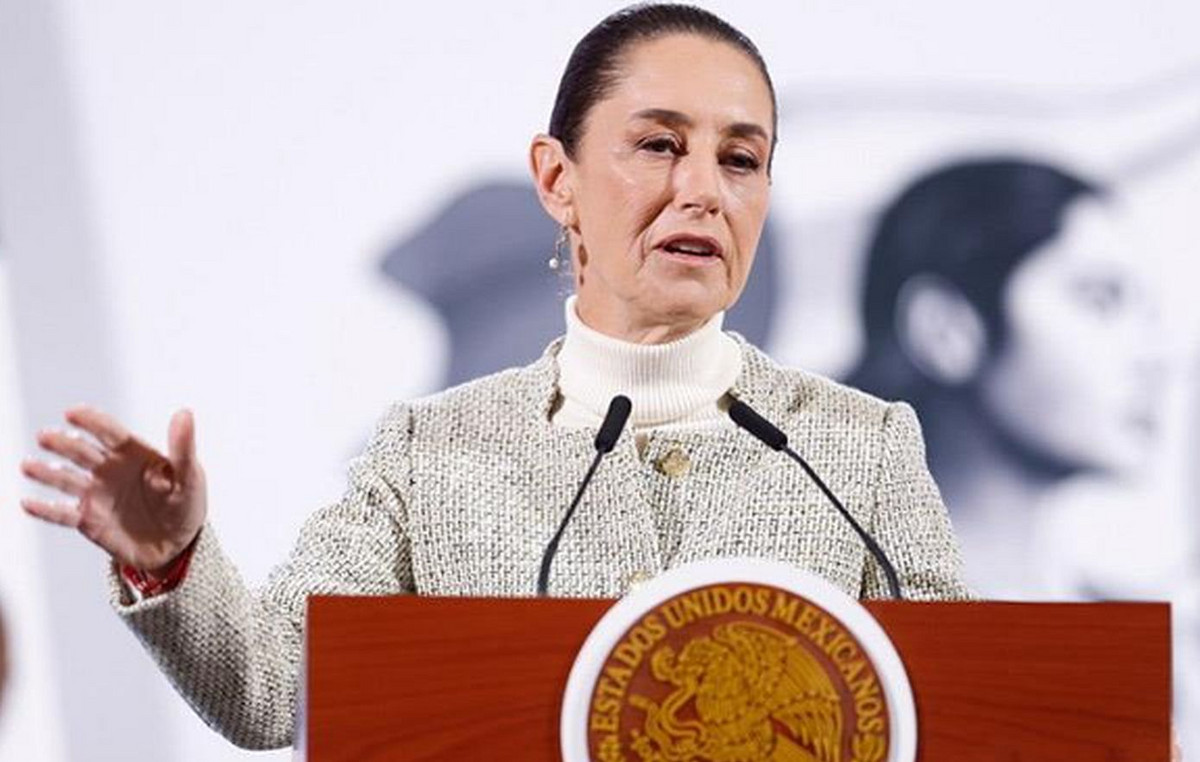- AUD/JPY gains ground due to uncertainties over the future outlook for BoJ interest rates.
- The BoJ’s Summary of Opinions highlighted divisions among policymakers over the timing of future rate hikes.
- The Australian dollar faced challenges as China’s latest stimulus measures fell short of investor expectations.
AUD/JPY recovers its recent losses from the previous session, trading around 101.20 during early European hours on Monday. The rise in the AUD/JPY cross is attributed to the fall in the Japanese Yen (JPY) following the publication of the Bank of Japan’s (BoJ) Summary of Opinions. The BoJ’s October report highlighted divisions among policymakers over the timing of future interest rate hikes.
Some members of the Bank of Japan expressed concerns about global economic uncertainties and increased market volatility, particularly around the depreciation of the Yen. Still, the central bank has suggested it could raise its benchmark policy rate to 1% by the second half of fiscal 2025.
In Japan, Prime Minister Shigeru Ishiba’s cabinet resigned en masse before the Diet (parliament) during an extraordinary cabinet meeting on Monday morning. With the ruling Liberal Democratic Party (LDP) coalition and Komeito now holding less than a majority in the House of Representatives, Monday’s vote is expected to lead to a runoff between Ishiba and Yoshihiko Noda, the leader of the main opposition party. , the Constitutional Democratic Party.
The Australian Dollar (AUD) rose despite a generally cautious outlook on concerns over Donald Trump’s proposed tariff increases on Chinese goods, which could hit Australian markets as China is one of its largest trading partners. .
Weighing further on the Australian dollar were China’s latest stimulus measures, which fell short of investor expectations and dampened demand prospects for Australia’s largest trading partner. On Friday, China announced a 10 trillion yuan debt package aimed at easing local government financing pressures and supporting weak economic growth; However, the package did not include direct economic stimulus initiatives.
Interest rates FAQs
Financial institutions charge interest rates on loans from borrowers and pay them as interest to savers and depositors. They are influenced by basic interest rates, which are set by central banks based on the evolution of the economy. Typically, central banks are mandated to ensure price stability, which in most cases means targeting an underlying inflation rate of around 2%.
If inflation falls below the target, the central bank can cut base interest rates, in order to stimulate credit and boost the economy. If inflation rises substantially above 2%, the central bank typically raises core lending rates to try to reduce inflation.
In general, higher interest rates help strengthen a country’s currency by making it a more attractive place for global investors to park their money.
Higher interest rates influence the price of Gold because they increase the opportunity cost of holding Gold instead of investing in an interest-bearing asset or depositing cash in the bank.
If interest rates are high, the price of the US Dollar (USD) usually rises and, since Gold is priced in dollars, the price of Gold falls.
The federal funds rate is the overnight rate at which U.S. banks lend to each other. It is the official interest rate that the Federal Reserve usually sets at its FOMC meetings. It is set in a range, for example 4.75%-5.00%, although the upper limit (in this case 5.00%) is the figure quoted.
Market expectations about the Federal Reserve funds rate are tracked by the CME’s FedWatch tool, which determines the behavior of many financial markets in anticipation of future Federal Reserve monetary policy decisions.
Source: Fx Street
I am Joshua Winder, a senior-level journalist and editor at World Stock Market. I specialize in covering news related to the stock market and economic trends. With more than 8 years of experience in this field, I have become an expert in financial reporting.







